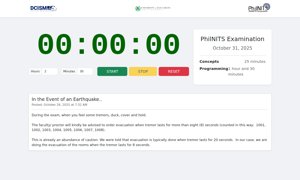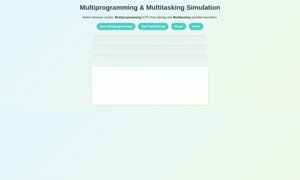Cool Student Projects


Ciscode - CISCO's Coding Platform
Project Ciscode is a student-built coding platform by CISCO that offers algorithm challenges to help you practice, improve, and master...
ciscode.dcism.org →
Generic Blog - Simplicity in all things.
Generic Blog - Simplicity in all things.
ian.dcism.org →
Lost & Found Portal
Find what you've lost, return what you've found
lost-n-found.dcism.org →


Getting Started with Hosting on the DCISM Web Server | Tutorial
A tutorial website for hosting web applications using the dicsm.org web server.
tutorial.dcism.org →


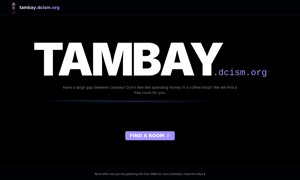
Tambay.dcism - A free classroom tracker for DCISM
Have a 5 hour gap between subjects? Don't want to spend money in a coffee shop? We got you covered.
tambay.dcism.org →
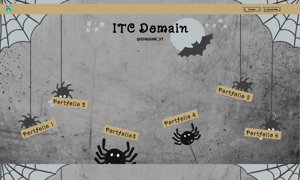

Scientia by CISCO
A community-driven repository of notes & resources for the different courses offered in USC DCISM. Feel free to browse or add your own notes! Made...
scientia.dcism.org →




DCISM r/place
A collaborative pixel art canvas inspired by Reddit's r/place. Paint pixels, create art, and collaborate with the USC community.
place.dcism.org →
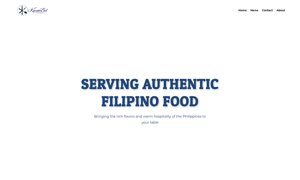

Networking Calculator - A matlabs project
Calculate variable length subnet masks based on host requirements, subnetting and wildcard masks. Generate network addresses, broadcast addresses,...
vlsm-calculator.dcism.org →


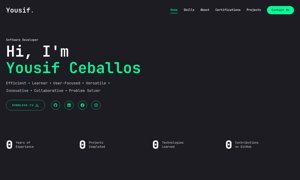







DCISM Aim Trainer
Web-based aim and precision training game. Compete with your friends and see who is the best!
aim.dcism.org →










Professional Cebu Based Cleaning Services
handworks cleaning services based on talisay cebu
qa-handworks-cleaning-services.dcism.org →

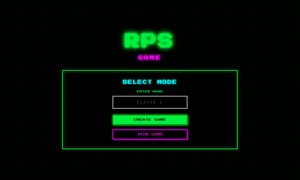
Rock Paper Scissors
Play Rock Paper Scissors online with friends in this retro arcade-style multiplayer game
rps.dcism.org →

Campus Freedom Wall
Campus Freedom Wall - Share, discuss, and connect with your campus community
wall.dcism.org →





Hermes - A queue system for DCISM students
Get a priority number from Hermes and track your position in the DCISM queue in realtime. Never miss your chance again.
queue.dcism.org →




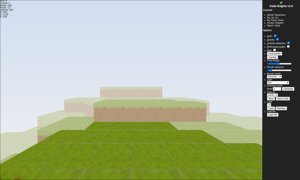


DCISM Webring
A webring for DCISM students & alumni at the University of San Carlos.
ring.dcism.org →
yubi – Random Picker & Grouper
yubi is a fun touch-and-keyboard-based app for randomly picking or grouping players. Playful, fair, and fast.
yubi.dcism.org →



DCISM Directory
Explore and share student-made services and projects built by DCISM students.
directory.dcism.org →
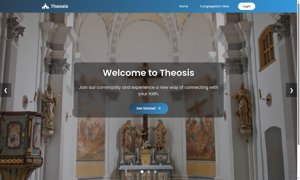
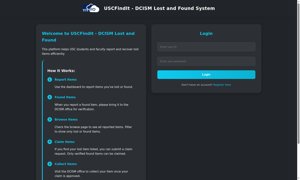

TRIP - Transit Routing & Integrated Payments
TRIP — Transit Routing & Integrated Payments. Academic showcase for QR-based boarding, conductor dashboard, and routing. Visit trip.dcism.org for...
trip-bus.dcism.org →





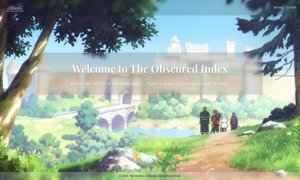





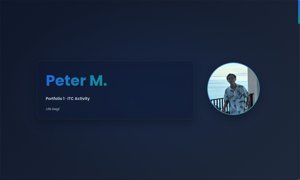





Bricks Attendance System
Bricks Attendance System - Employee Management and Time Tracking
bricks.dcism.org →


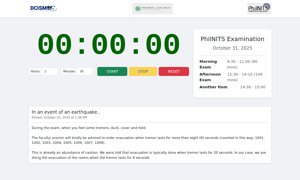




UniProtein - Find Affordable Protein on Campus
Discover the best affordable protein sources on and around your university campus
uniprotein.dcism.org →



